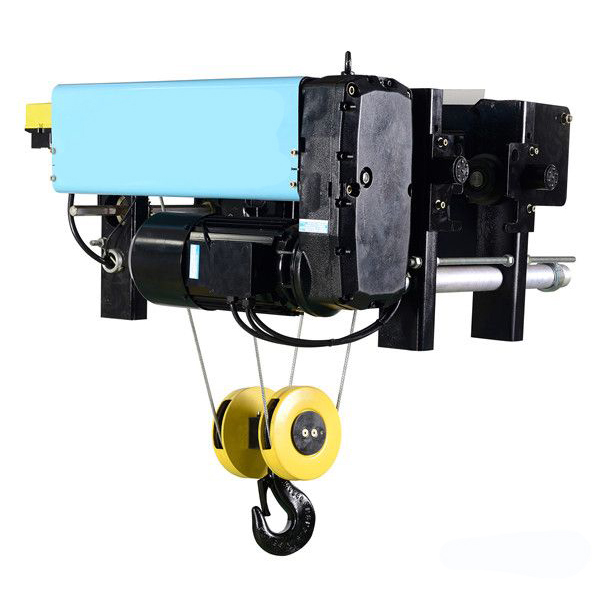What is the difference between hoist and overhead crane?
In the realm of material handling and industrial operations, efficiency and safety are paramount. To achieve these objectives, various mechanical devices are utilized, including hoists and overhead cranes. While these two terms might seem interchangeable to the uninitiated observer, they actually represent distinct types of lifting equipment, each serving unique purposes. This blog aims to shed light on the differences between hoists and overhead cranes, clarifying their functionalities and giving readers a comprehensive understanding of their specific applications.
Hoists: A Closer Look
A hoist is a simple yet highly efficient lifting device that involves a drum or chain mechanism to raise or lower loads vertically. Hoists are primarily used for vertical lifting, although some models allow limited lateral or horizontal movement. These devices are typically smaller in size compared to overhead cranes, making them suitable for operations where load capacities are relatively lower.
Key Features and Benefits:
1. Versatility: Hoists are versatile machines, available in both manual and powered versions. This flexibility enables them to cater to different lifting needs, from small-scale industrial operations to residential construction.
2. Compactness: Hoists are compact in design, requiring less space than overhead cranes. As a result, they are highly suitable for environments with space constraints or when lifting operations need to be confined to a specific area.
3. Cost-Effectiveness: Due to their smaller sizes and simplified designs, hoists are generally more affordable compared to overhead cranes. They offer an economical option for businesses operating on a tighter budget.
Overhead Cranes: A Comprehensive Overview
Unlike hoists, overhead cranes are complex, heavy-duty machines that consist of a bridge, trolley, and hoist mechanism. As the name suggests, overhead cranes are mounted on elevated structures, allowing the lifting equipment to move along the length of the overhead beam. With overhead cranes, horizontal movement becomes possible, enabling them to handle larger loads and cover larger areas within an industrial facility.
Key Features and Benefits:
1. Load Capacity: Overhead cranes are designed to handle significantly heavier loads than hoists. Their robust construction and ability to traverse large areas make them indispensable in manufacturing plants and construction sites.
2. Extensive Coverage: Overhead cranes operate by moving along the overhead beam or rails, providing excellent coverage across a vast workspace. This capability is particularly useful when transferring loads across wide areas or between workstations.
3. Enhanced Safety: Overhead cranes are equipped with advanced safety features, including limit switches, overload protection, and anti-sway mechanisms. These components ensure safer lifting operations, minimizing the risk of accidents and damage to valuable assets.
Conclusion:
In summary, hoists and overhead cranes are distinct lifting devices, each tailored for specific applications. While hoists excel in smaller-scale, vertical lifting tasks, overhead cranes offer greater load capacity and versatility, making them suitable for heavy-duty and horizontally expansive operations. By understanding the key differences between these two devices, businesses can make informed decisions about their material handling needs, ensuring optimal safety, efficiency, and productivity in their daily operations.


Post time: Jun-21-2023







